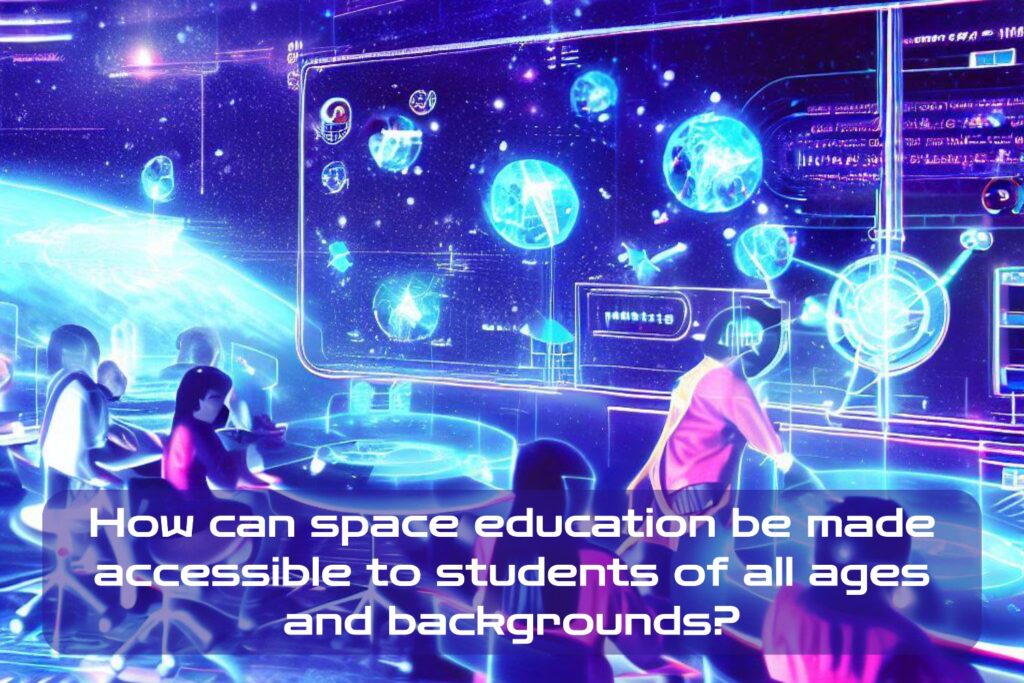The Importance of Space Education
Space education has become increasingly important in recent years as the field of space exploration and technology continues to grow.
The knowledge gained through space exploration has led to significant advancements in technology, medicine, and other fields that have improved the quality of life for people on Earth. Additionally, space exploration inspires curiosity and wonder in people of all ages, encouraging them to pursue careers in science, technology, engineering, and math (STEM) fields.
However, despite the benefits and excitement that come with space education, there are still many obstacles that prevent students from diverse backgrounds from accessing this field. These accessibility issues include
- a lack of funding for schools in low-income areas,
- limited educational resources available online or at local science centers or museums,
- as well as gender and racial disparities within the STEM workforce.
The purpose of this article is to explore strategies for making space education more accessible to students of all ages and backgrounds by providing an overview of current programs and challenges facing educators. It will also examine innovative approaches being used to promote space education through virtual reality experiences and citizen science projects.
Accessibility Issues for Students

Accessibility remains a major challenge for students who want to explore the wonders of space, whether they are children or adults. Many schools in underprivileged areas struggling with lackluster budgets may not have the resources or infrastructure required to provide adequate access to astronomy courses or facilities necessary for experiential learning.
While some organizations offer educational programs that cater particularly to low-income communities, making it possible for these individuals to enjoy engaging activities such as rocket launching or stargazing events, there is still a need for comprehensive educational curriculum development. Additionally, women’s participation in STEM disciplines continues to be underrepresented, even though research shows having diversity within these industries leads to increased innovation and creativity.
The Current State of Space Education
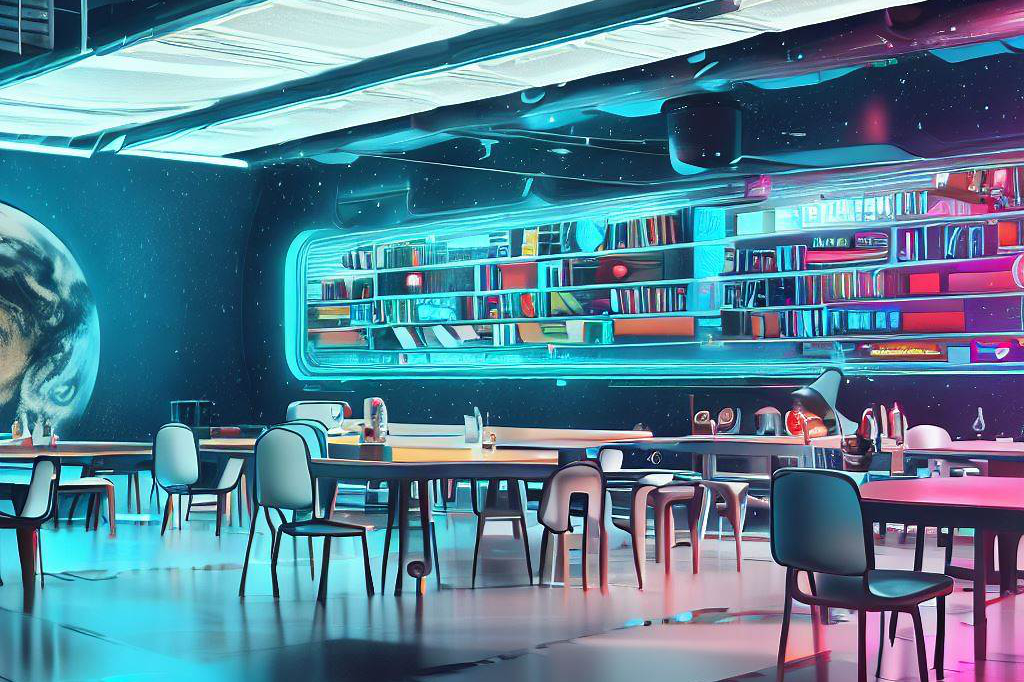
Overview of current space education programs
Space education has come a long way since the first human landed on the moon in 1969. Today, there are numerous space education programs available for students of all ages and backgrounds.
These programs range from interactive exhibits at museums and science centers to online courses and citizen science projects.
NASA offers a plethora of resources to help educators engage students in space exploration.
Their website includes lesson plans, activities, multimedia resources, and opportunities for virtual or remote access to NASA facilities.
Other organizations such as SpaceX, Blue Origin, and Virgin Galactic offer educational resources that focus on their specific areas of expertise.
Challenges faced by students in accessing space education
Despite the abundance of space education resources available today, many students still face significant barriers in accessing them.
One major challenge is cost.
Many space education programs require expensive equipment or travel expenses that are simply unaffordable for some students.
Another challenge is location.
Space education opportunities tend to be concentrated in urban areas where there are more museums, science centers, and universities with strong STEM programs. This means that students living in rural areas or small towns may have limited access to these educational opportunities.
Some groups face social barriers to accessing space education. For example, girls and minorities are underrepresented in STEM fields like aerospace engineering and astronomy because of systemic bias against them. Talking of …
Lack of diversity in the field
One significant issue facing the field of space exploration is a lack of diversity among professionals working in the industry. Despite efforts to increase diversity through initiatives like NASA’s Women@NASA program or scholarships aimed at underrepresented minorities interested in pursuing careers within aerospace engineering fields, women and people from minority groups remain underrepresented in these fields compared with their representation within broader society.
This lack of diversity not only affects career opportunities for individuals from underrepresented groups but also deprives the industry of valuable perspectives and ideas. By making space education more accessible and inclusive, we can help break down barriers to diversity within the industry and ensure that the next generation of space explorers reflects the full diversity of our society.
Strategies to Make Space Education Accessible to All Students
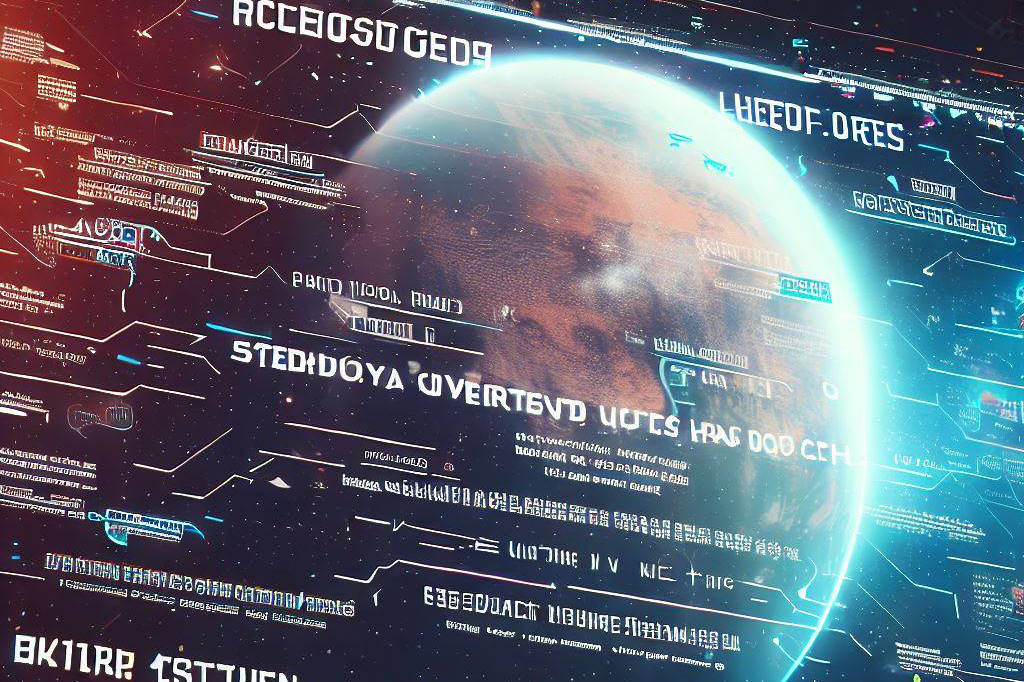
Online resources and courses: Breaking Down Barriers with Technology
One of the most promising ways to make space education more accessible to students is through online resources and courses. The internet has revolutionized learning, allowing people of all ages and backgrounds access to information from anywhere in the world.
There are now many online resources available for learning about space, including videos, podcasts, websites, and free online courses. These resources can be especially valuable for students who might not otherwise have access to space education because of financial or geographic barriers.
With the rise of massive open online courses (MOOCs), students can enroll in classes from top universities around the world without ever leaving their homes. Many organizations also offer free or low-cost educational materials on their websites, such as NASA’s website, which provides a plethora of educational materials.
Partnerships with schools and community organizations: Building Bridges and Fostering Collaboration
Another way to make space education more accessible is by partnering with schools and community organizations. These partnerships can help bridge the gap between formal education settings and informal learning environments such as museums, science centers, libraries, and other community spaces.
Schools may lack the technology or expertise needed to offer comprehensive space-related coursework that extends beyond textbooks, but partnerships allow them to bring in experts who can enrich their curricula with specialized knowledge. Additionally, these collaborations provide invaluable opportunities for students who don’t have immediate access to professional mentors or role models within their own communities.
Community organizations such as camps or after-school programs can provide an avenue for hands-on experience in a supportive environment that supplements classroom learning. Collaborating across sectors helps facilitate more holistic approaches that benefit all stakeholders involved.
Inclusive curriculum development: Broadening Participation Through Awareness
Inclusivity in curriculum development means creating a syllabus that is reflective of the diversity of the student body. By introducing diverse perspectives and narratives, students are more likely to engage positively with the subject matter. Inclusivity also helps to breakdown any preconceived notions or biases that students may have, promoting cross-cultural understanding and respect.
It’s important to recognize that space education doesn’t exist in a vacuum; it often intersects with politics, economics, ethics, and other social issues. Therefore, a curriculum that addresses these intersections is crucial for providing students with a more comprehensive understanding of space and its implications.
Some organizations have made strides in creating inclusive curricula, such as the Space Science Institute, which has developed an “Access Astronomy” program specifically designed for visually impaired learners. These initiatives increase accessibility not only for marginalized groups but also aid comprehension for all learners.
Scholarships and financial assistance: Making Education More Affordable
While online resources, partnerships and inclusive curricula can go some way towards broadening access to space education, financial barriers still pose significant hurdles to many students. For this reason, scholarships and financial assistance programs are critical in supporting equitable access. Many institutions offer scholarships specifically aimed at individuals from underrepresented backgrounds or those who need additional financial help pursuing education related to STEM fields.
Additionally, some companies, like SpaceX, have launched scholarship programs aimed at encouraging greater participation in their industry by underrepresented groups. Opportunities like these not only open doors but also disrupt traditional avenues for entry into STEM careers, which often rely on privilege rather than merit.
Inclusive spaces for learning about space require innovative strategies that serve diverse communities equitably while also being adaptable and sustainable over time. Taken together, these strategies provide a foundation upon which we can build an educational system that promotes inclusivity across social divides, inspiring new generations of curious learners to explore our universe together.
Innovative Approaches to Space Education
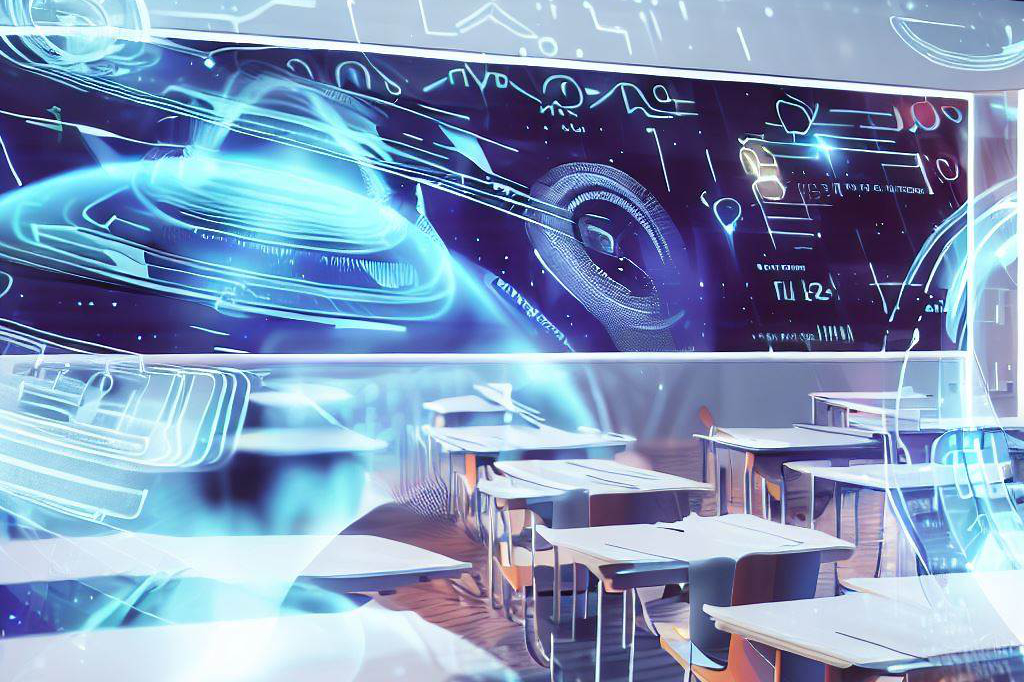
Virtual Reality Experiences: A New Frontier in Education
Virtual reality (VR) technology has opened up new avenues for space education.
With VR, students can experience immersive simulations of space travel and exploration, visit planets and moons, and even interact with virtual astronauts. This technology not only makes space education more accessible but also provides a unique learning experience that can engage students in a way that traditional methods cannot.
One example of VR space education is the Mars 2030 program developed by NASA’s Jet Propulsion Laboratory. This program allows users to explore the Martian surface using VR technology and interact with virtual objects like rovers and scientific instruments.
In addition to providing an engaging learning experience, these VR simulations also help students develop critical thinking skills by challenging them to solve problems related to real-world scientific missions.
Another example is the Spacewalk VR program developed by the European Space Agency (ESA).
This program allows users to experience a spacewalk from inside an astronaut’s suit using realistic graphics and interactive controls. By experiencing the challenges of performing tasks in microgravity, students can gain a deeper understanding of how astronauts live and work in space.
Interactive Exhibits: Bringing Space Education to Life
Interactive exhibits at museums and science centers can provide a hands-on learning experience for students of all ages. These exhibits often feature models of spacecraft, telescopes, and other scientific instruments used in space exploration, as well as opportunities for visitors to participate in simulations or experiments.
One such example is the National Air and Space Museum’s “Destination Moon” exhibit which features artifacts from NASA’s Apollo missions including spacesuits worn on the moon, lunar rocks collected by astronauts, and spacecraft used for lunar landings. The exhibit also includes interactive displays that allow visitors to simulate walking on the moon’s surface or operating a lunar rover.
The Kennedy Space Center Visitor Complex in Florida also offers a range of interactive exhibits, including the “Shuttle Launch Experience,” which simulates the sensation of launching into space aboard a spacecraft. This exhibit provides an engaging and educational experience for visitors, showcasing the excitement and challenges of space travel.
Citizen Science Projects: Collaborating on Real Scientific Research
Citizen science projects allow students to participate in real scientific research alongside professional scientists. These projects often involve data collection or analysis related to space exploration, such as identifying craters on the moon or analyzing data collected by telescopes.
One example is NASA’s “GLOBE Observer” project which allows students to collect and submit environmental data from their local communities using their smartphones. This data is used by NASA scientists to monitor changes in the Earth’s environment and climate.
Another example is Zooniverse, an online platform that hosts a variety of citizen science projects related to space exploration. These projects include analyzing images collected by telescopes like Hubble or identifying galaxies in astronomical datasets.
By participating in citizen science projects, students can gain valuable experience working with real scientific data and contribute to ongoing research efforts. These projects also provide opportunities for students from diverse backgrounds to engage in cutting-edge research in space exploration.
The Future of Space Education for All Students
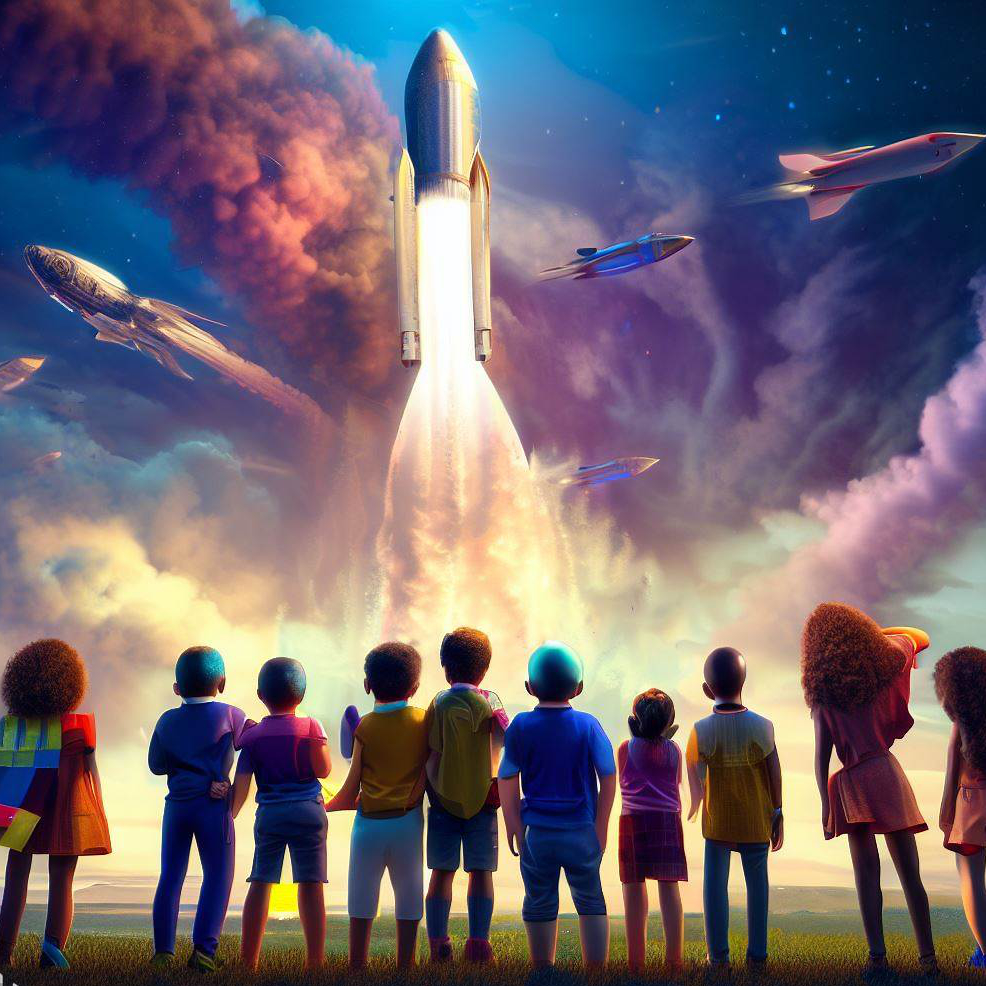
The importance of making space education accessible to all students
Space education is not just an academic field or a career path, but also a source of inspiration and wonder. Every student should have the opportunity to learn about our universe and contribute to solving its mysteries, regardless of their background or circumstances.
Making space education more accessible can also help address social and economic inequalities by providing students with valuable skills and opportunities. Therefore, it is crucial that educators, policymakers, and industry leaders work together to create an inclusive and equitable space education system.
Potential impact on the future workforce in STEM fields
Space exploration requires expertise in the science, technology, engineering, and math (STEM) fields. Encouraging more students from diverse backgrounds to pursue careers in these fields can not only help solve current challenges but also drive innovation in other industries.
By providing accessible space education opportunities for all students, we can inspire the next generation of scientists, engineers, entrepreneurs, and policy-makers who will shape the future of space exploration. The potential impact on the workforce is not limited to traditional STEM careers but reaches across various industries including entertainment (e.g., film production), manufacturing (e.g., 3D printing), tourism (e.g., commercial flights), healthcare (e.g., telemedicine), agriculture (e.g., food security), environmental sustainability (e.g., monitoring climate patterns), among others.
Call to action for educators, policymakers, and industry leaders
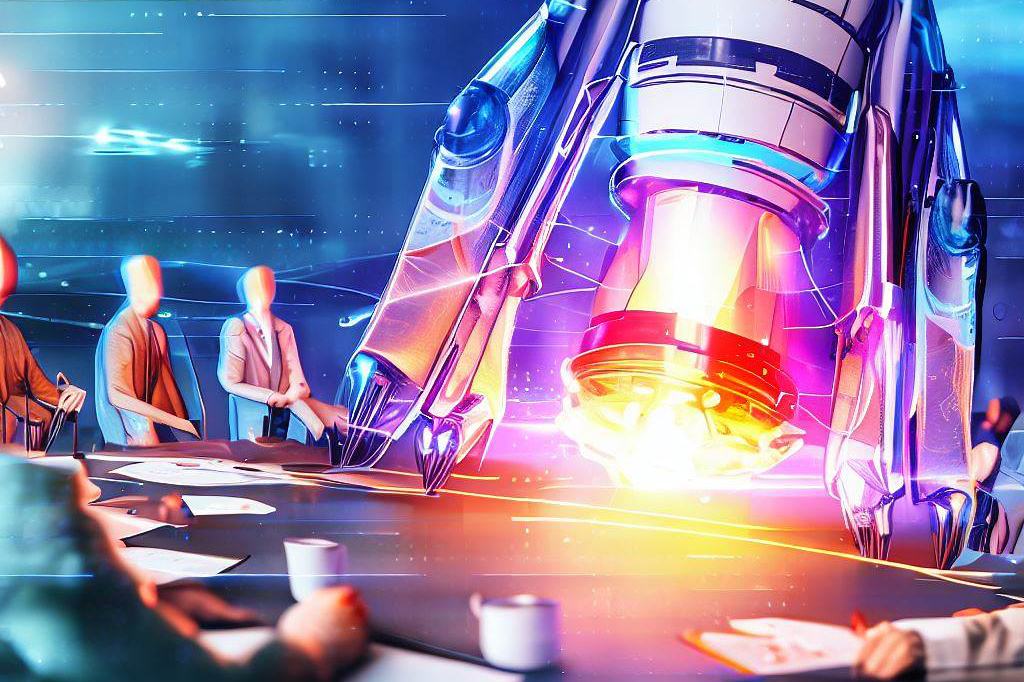
Making space education accessible requires a collaborative effort among
- educators who create curricula that are inclusive;
- policymakers who allocate resources for research funding;
- industry leaders who support outreach programs such as scholarships;
- parents/guardians advocating for their children’s access to quality learning materials;
- community organizations partnering with schools;
- media outlets exposing young people to diverse role models in space exploration and those who are breaking barriers in STEM fields.
It is time for educators, policymakers, and industry leaders to prioritize accessible space education as a critical component of preparing the next generation for a better future. Let us work together to make space education accessible, equitable, and inclusive so that all students can reach their full potential.
References
Online Resources and Courses
The rise of online education has made it easier than ever for students of all ages and backgrounds to access space education. Online resources such as NASA’s STEM Engagement website offer activities, lessons, and multimedia content that can be easily accessed from home or school.
Massive open online courses (MOOCs) are also becoming more common, with universities like MIT offering free online courses in topics ranging from astrophysics to planetary science. In addition to these established resources, new platforms are emerging that aim to make space education even more accessible.
The Space Exploration Project is an example of this trend. This platform offers interactive lessons, quizzes, and virtual experiments in a gamified format that is designed to engage students’ curiosity and provide them with a sense of ownership over their learning experience.
Inclusive Curriculum Development
An important step in making space education accessible to all students is the development of inclusive curricula that reflect diverse perspectives and experiences. This requires a focus on creating educational materials that resonate with students from different cultural, linguistic, and socio-economic backgrounds. One example of an organization taking this approach is Girl Scouts USA.
They have partnered with NASA to create new space science badges for girls at all age levels. These badges emphasize skill-building, teamwork, and leadership while also exposing girls to the excitement of space exploration.
Citizen Science Projects
Citizen science projects have become increasingly popular in recent years as a way for non-scientists to contribute meaningfully to scientific research projects. Space-focused citizen science projects offer opportunities for people of all ages and backgrounds to get involved in space exploration through hands-on scientific research.
One such project is Planet Hunters TESS (Transiting Exoplanet Survey Satellite), which invites members of the public to analyze data from NASA’s TESS mission to search for new exoplanets. By participating in this project, students and other volunteers can contribute meaningfully to the search for new worlds beyond our solar system while also gaining valuable scientific skills and knowledge.
Making space education accessible to all students is critical for ensuring that we have a diverse and well-trained workforce in STEM fields. Strategies such as online resources and courses, inclusive curriculum development, and citizen science projects are important steps towards achieving this goal.
However, there is still much work to be done in addressing the systemic barriers that prevent many students from accessing space education. By working together as educators, policymakers, and industry leaders, we can create a future where everyone has the opportunity to explore the wonders of space.

C M, a seasoned editor, journalist, and consultant, is deeply fascinated by the convergence of technology, space, and the future of humanity.
With a particular interest in transhumanity, futurology, and the philosophical and ethical dimensions of these domains, C M serves as the lead contributor to SpaceSpotlight and TranscendSphere.
When not penning insightful articles on these rapidly evolving fields, C M indulges in their love for podcasts and books, proudly embracing their status as a ‘Happy Nerd Extraordinaire!’
